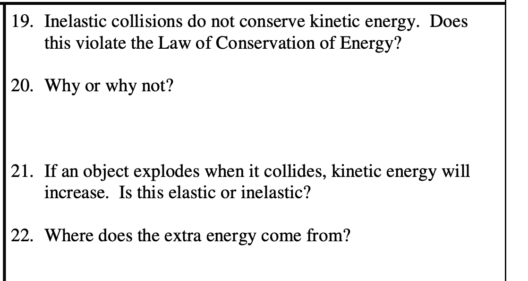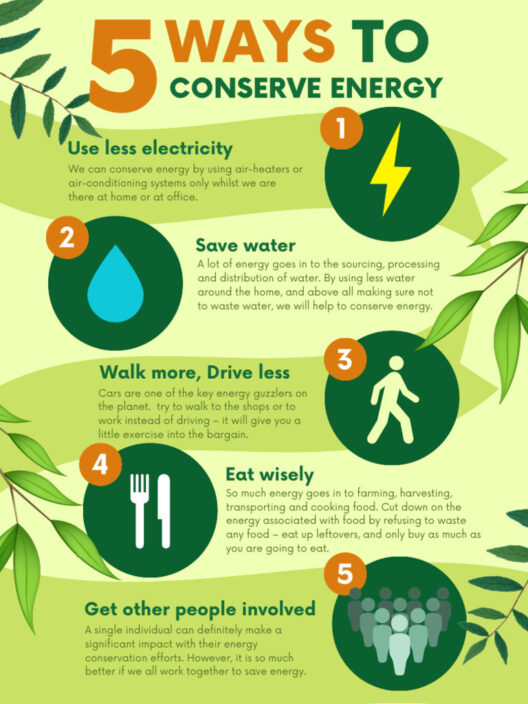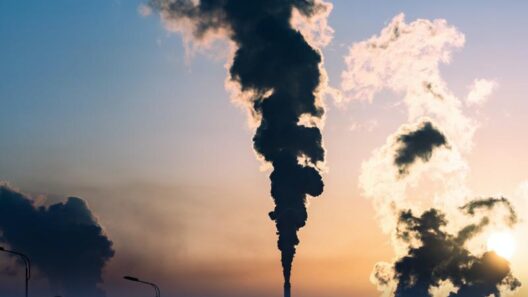Amidst the whispering pines and rugged granite peaks of the Sierra Nevada mountains lies a corporeal testament to climate change: the Sierra snowpack. The snowpack, a critical reservoir of freshwater, once flourished, providing vital sustenance for ecosystems, agricultural endeavors, and urban populations alike. However, recent climatic perturbations have precipitated a troubling decline in this natural asset, raising alarm bells across environmental landscapes.
The Sierra Nevada snowpack serves as a barometer for the overarching health of our climate. Historically, these majestic mountains accumulated vast amounts of snow during the winter months, which would gradually melt in the spring and summer, replenishing rivers and lakes, and nurturing the surrounding biodiversity. This seasonal cycle was not merely a local phenomenon; it constituted a vital mechanism for water distribution, sustaining communities and natural habitats across significant portions of California.
Nevertheless, the narrative has shifted dramatically in recent decades. The snowpack has plummeted to alarming levels, with studies revealing that California’s snowpack is now at a mere fraction of what it used to be. In some winters, levels have dipped to less than 50% of the historical average, a clear indication that something is amiss. This stark decline is not merely an inconvenience; it poses existential threats to water security, agriculture, and the resilience of natural ecosystems.
Several underlying reasons contribute to this decline, particularly anthropogenic climate change. As greenhouse gas emissions continue to escalate due to human activity, global temperatures rise at an unprecedented pace. Warmer winters translate into less snowfall and increased rainfall, disrupting the delicate balance that traditionally governed the Sierra Nevada’s hydrological cycles. Warmer air holds more moisture, resulting in more intense but shorter precipitation events, culminating in less snow accumulation.
The scenario is grim, yet it garners interest because it underscores a broader trend. The reduction of the Sierra snowpack serves as a microcosm of global climate dynamics. Regions worldwide are grappling with similar phenomena: shrinking glaciers, altered precipitation patterns, and rising sea levels. Observing the Sierra offers more than localized insight; it reveals a universal tale of climate vulnerability. The fascination lies in the snowpack’s role as a hydrological sentinel. Its decline serves as a precursor, a harbinger of the cascading effects that climate change will unleash if left unchecked.
The implications stretch far beyond mere aesthetics or outdoor recreational activities. The diminishing snowpack harbors significant ramifications for water supply, particularly for California, where nearly 30% of the state’s water is derived from melted snow. As the snowpack declines, reservoirs are left bereft, agricultural sectors face drought-induced stress, and urban water systems confront unprecedented challenges. In response, farmers are compelled to recalibrate their agricultural practices, seeking increasingly efficient methods of water conservation, as they rely on an ever-dwindling reservoir.
Moreover, the ecological impact is profound. The Sierra Nevada is home to diverse flora and fauna, much of which is intricately adapted to the seasonal rhythms dictated by snow accumulation and melt. Changes in snowpack directly affect plant blooming cycles, insect hibernation, and animal migration patterns. With altered hydrology, entire ecosystems face disruption, pushing some species towards extinction while allowing others to thrive in newfound niches.
Climate change remains an overarching threat, yet, within the narrative of the Sierra snowpack, one can also discern opportunity. The decline serves as a rallying point for community engagement and advocacy. Environmental groups and local governments are forging coalitions, advocating for sustainable practices and policies that seek to ameliorate the effects of climate change. Initiatives focused on water conservation, reforestation, and renewable energy adoption have emerged, signifying a cultural shift towards climate stewardship.
Furthermore, enhanced scientific study and monitoring of the Sierra snowpack have yielded critical insights. Researchers employ cutting-edge satellite technology and ground-based instrumentation to gather data, enabling them to project future trends and devise adaptive strategies. By understanding the nuanced relationship between snow, temperature, and rainfall, scientists empower policymakers with the tools necessary to craft informed policies that could mitigate the detrimental effects of a warming planet.
The decline of the Sierra snowpack resonates on multiple levels: it evokes concern, stirs curiosity, and ignites action. Yet, it also reflects a disturbing reality. It points to the tangible impacts of global warming and serves as a crucial reminder of the urgent need for collective action. The Sierra Nevada is not merely a picturesque mountain range; it is a source of life and vitality, a harbinger of the consequences of neglecting our environmental responsibilities.
As the snowpacks continue to dwindle, an undeniable truth emerges: they are not an isolated phenomenon. They signal the intertwined fates of humanity and the natural world, each dependent upon the other for survival. Understanding this relationship will be paramount as we forge ahead in an era fraught with environmental uncertainty. Through thoughtful stewardship, scientific inquiry, and unwavering advocacy, there remains hope to reverse the trajectory that has led us to this critical juncture. The Sierra snowpack, a sacred emblem of nature’s grace, must not only endure but thrive in the face of global warming’s relentless reach.








